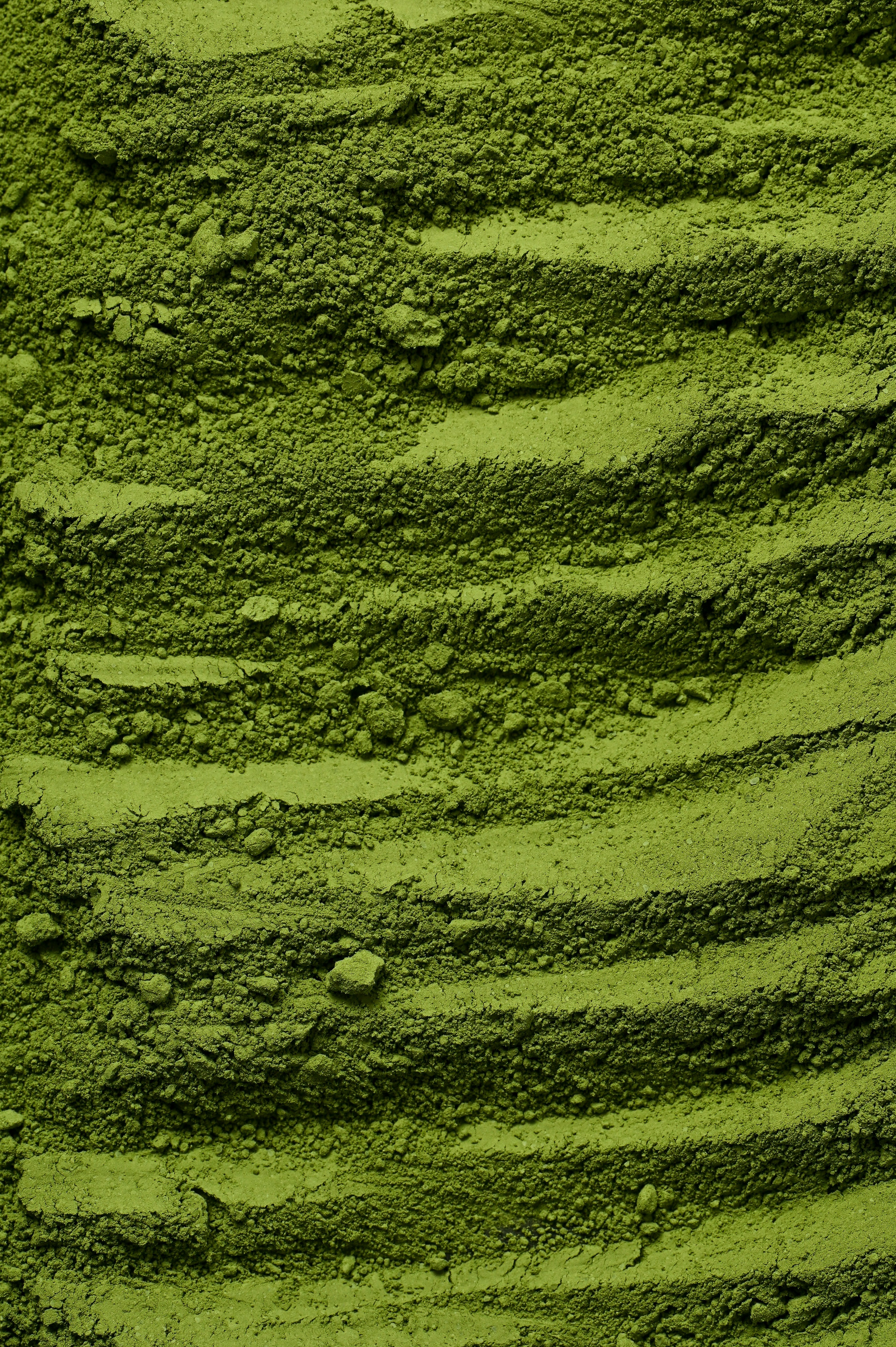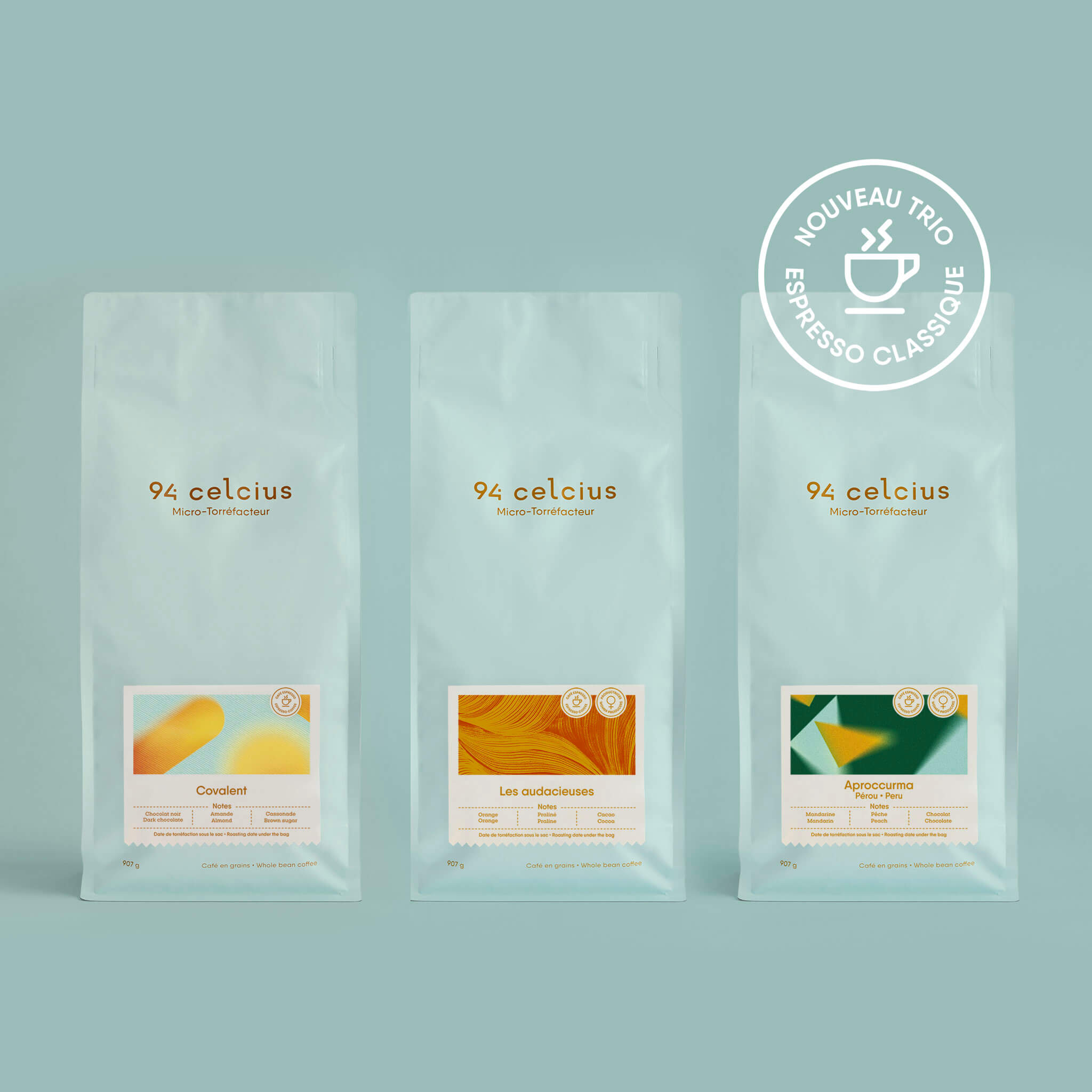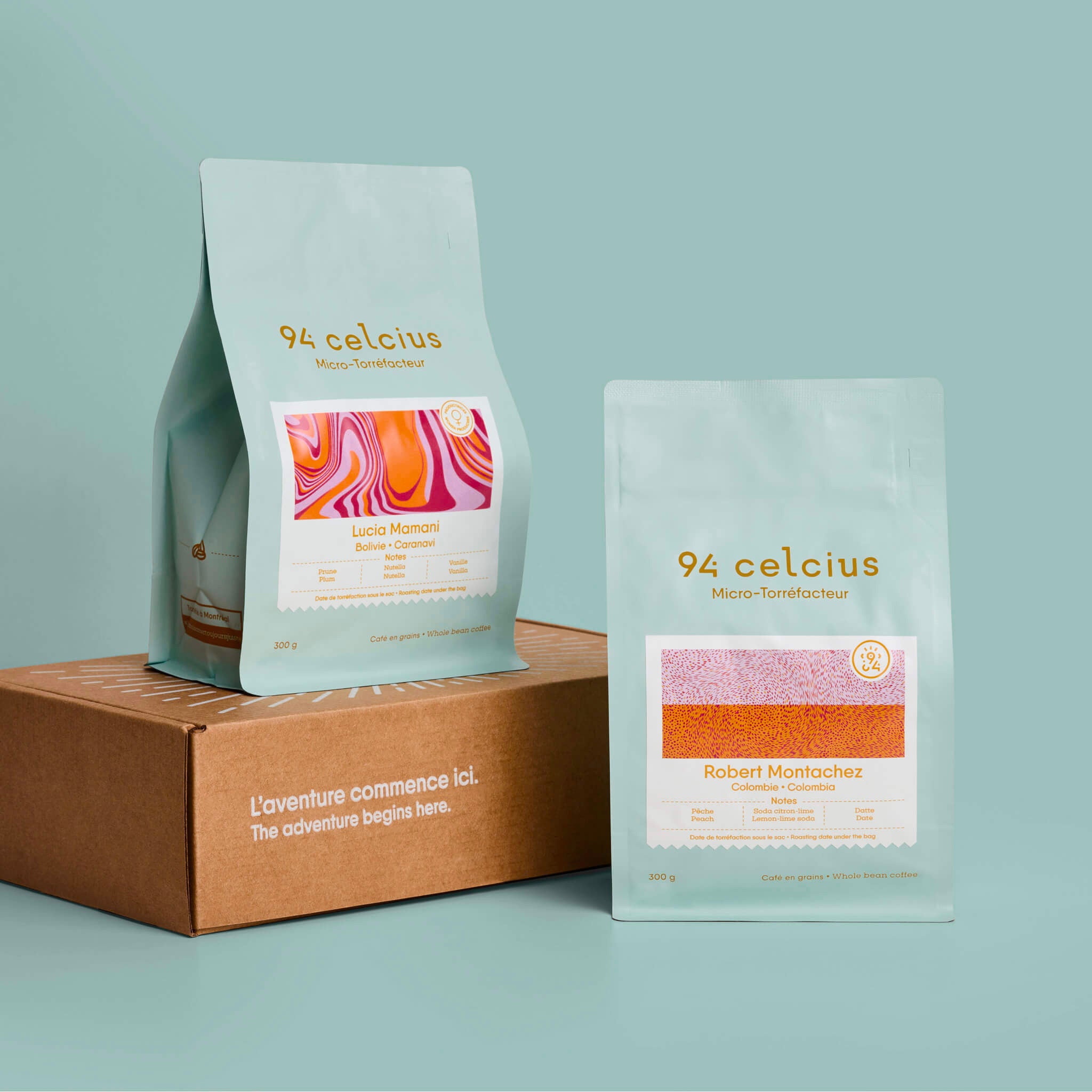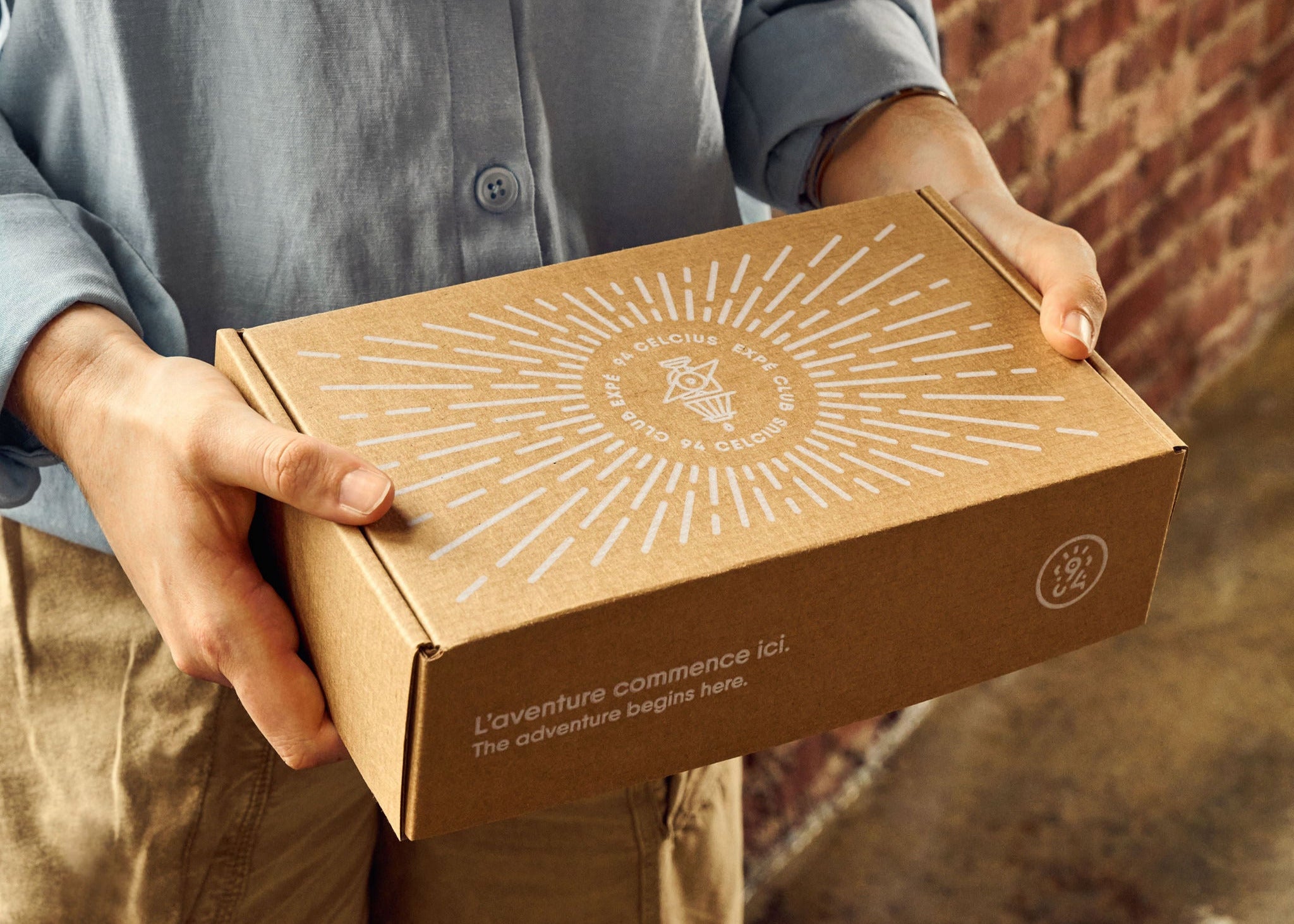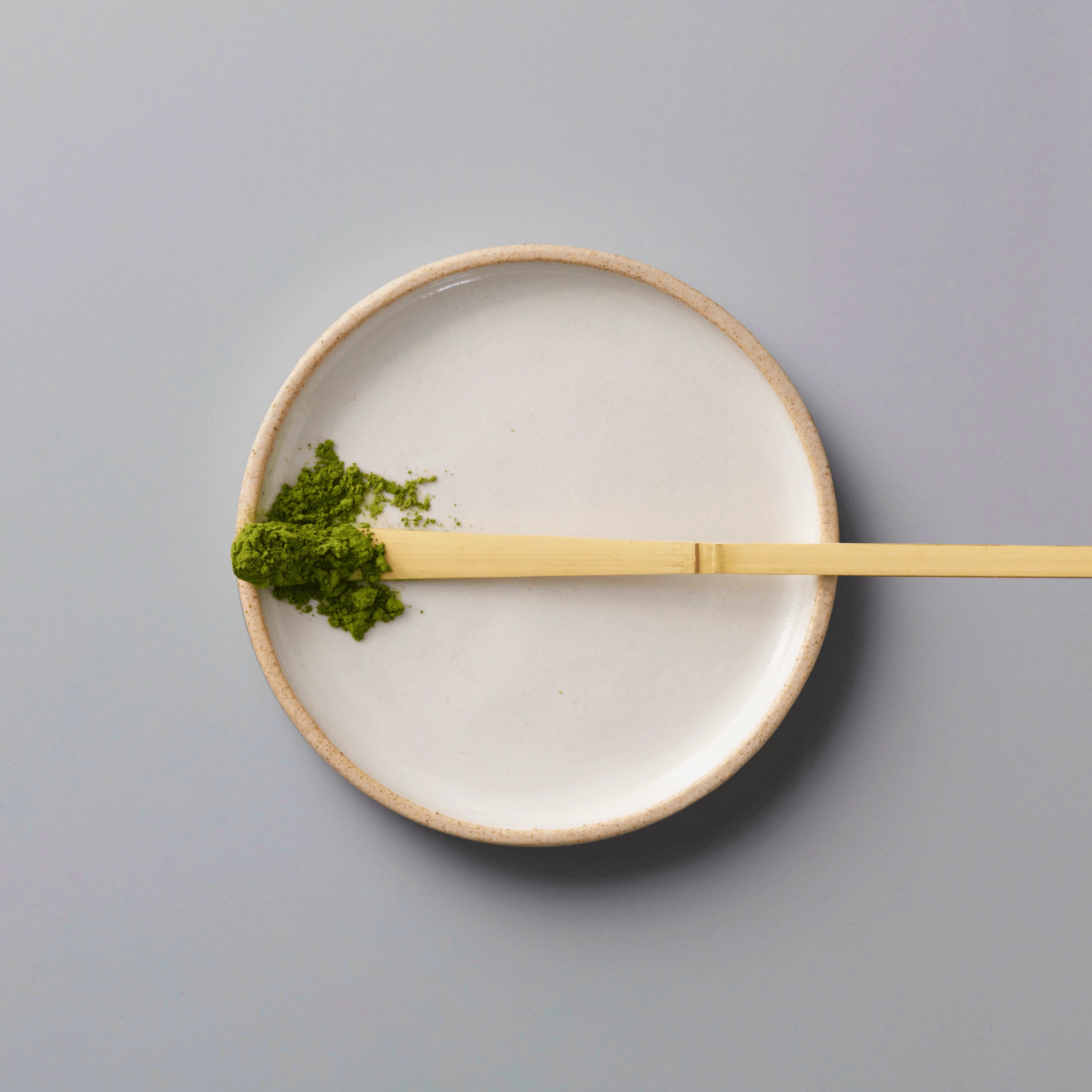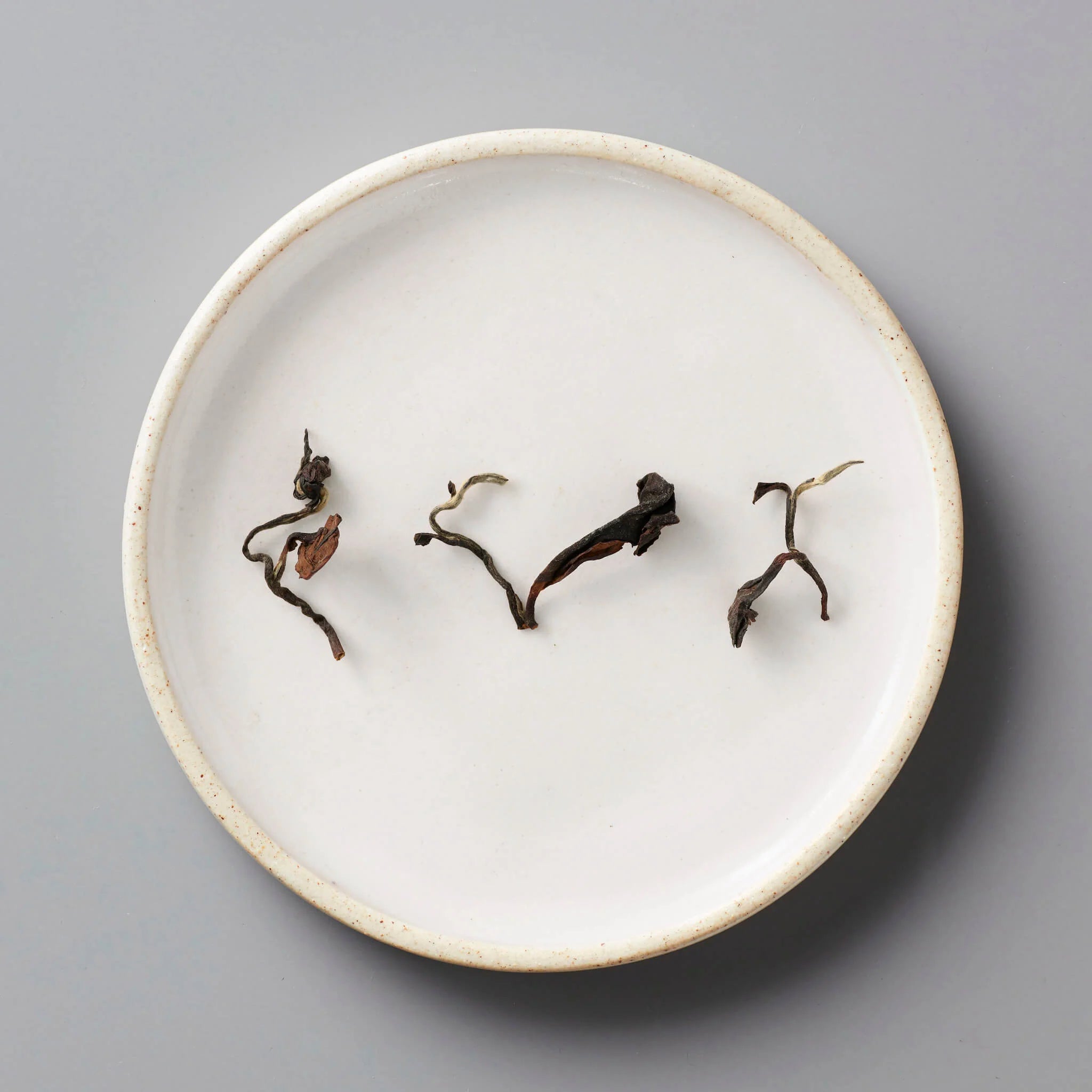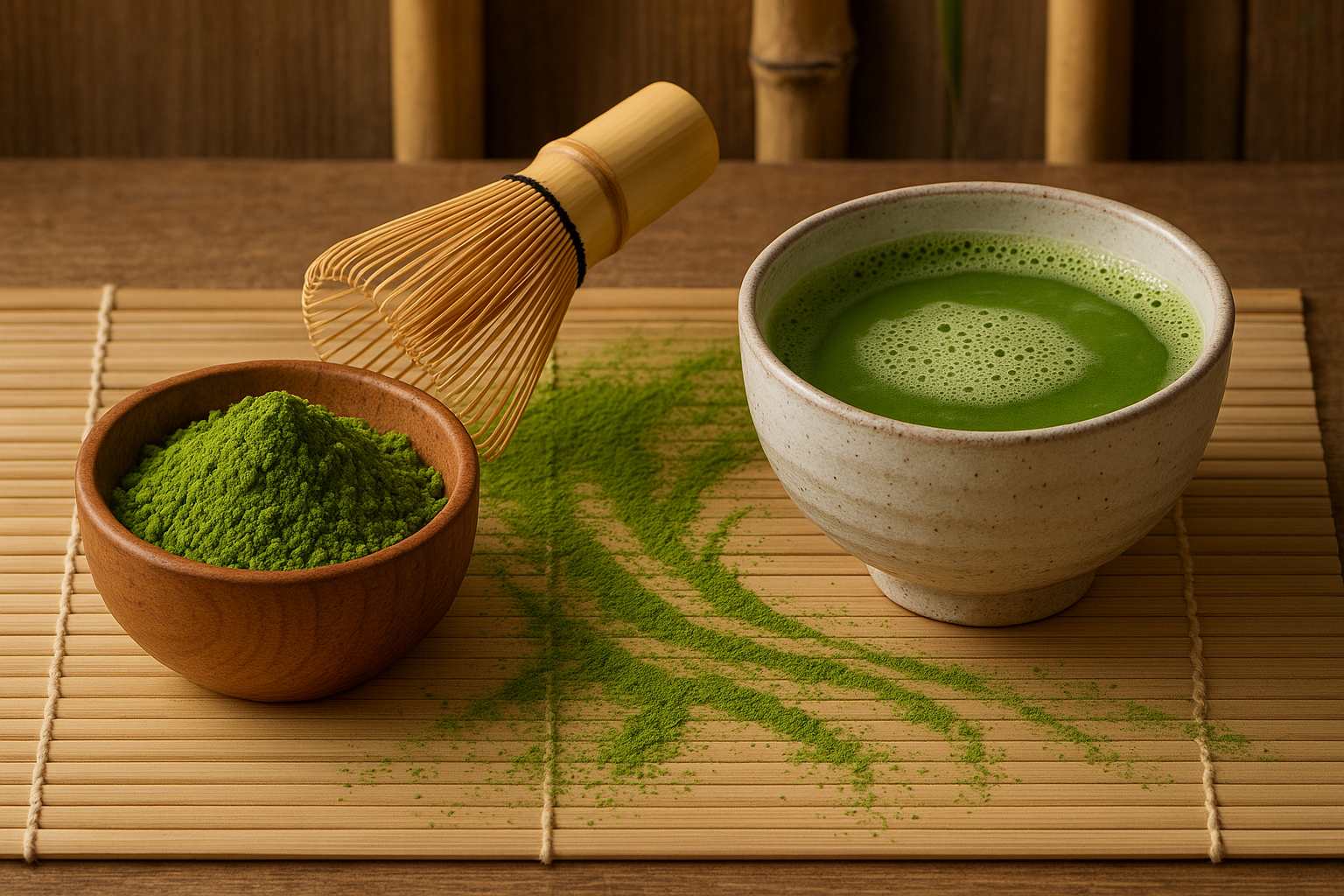30-second summary
Matcha is Japanese green tea, shaded and then finely ground. We love it for its stable energy (caffeine + L-theanine), its silky texture and its umami umami. To enjoy it: choose a serious origindose 2 g for one usucha, work at 70-80 °Cand keep moderate depending on sensitivity.

